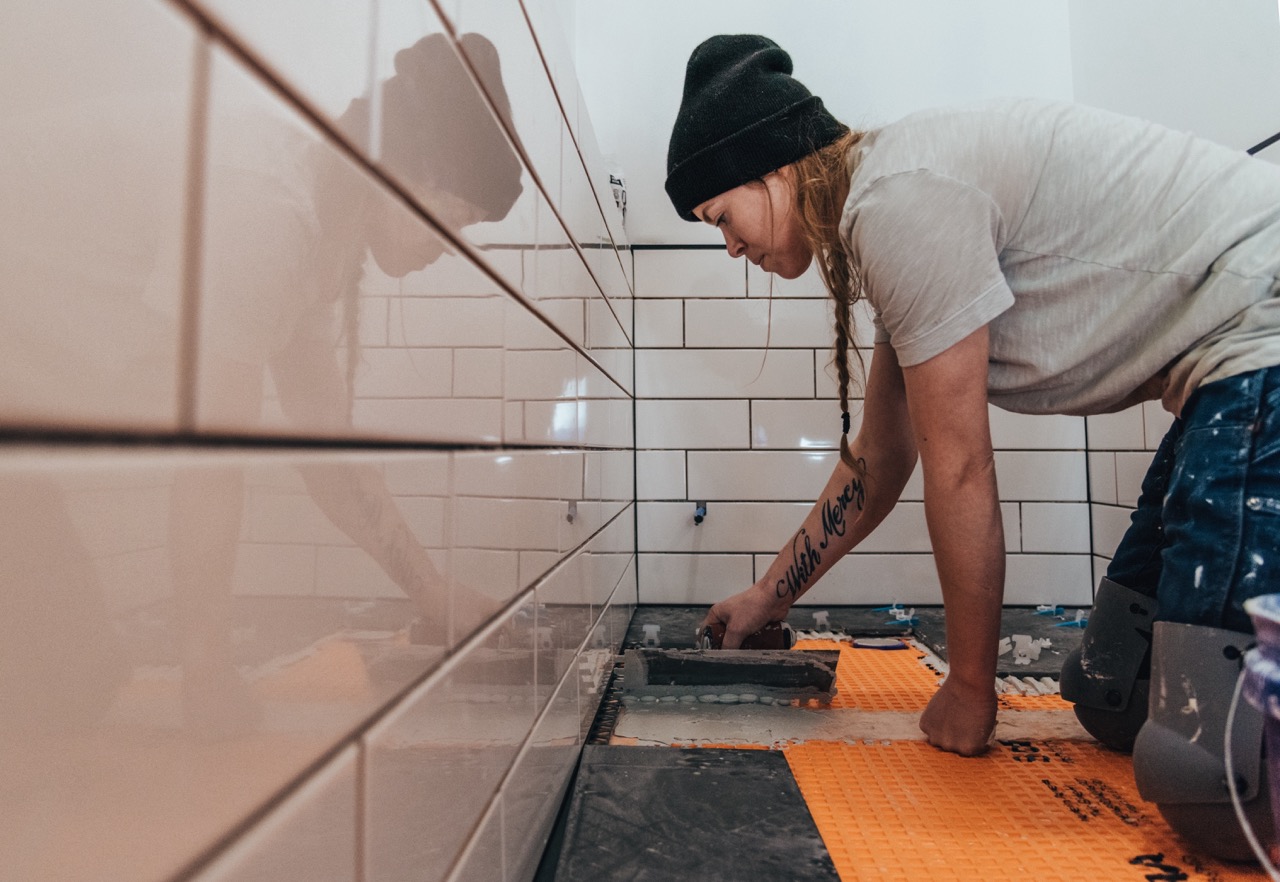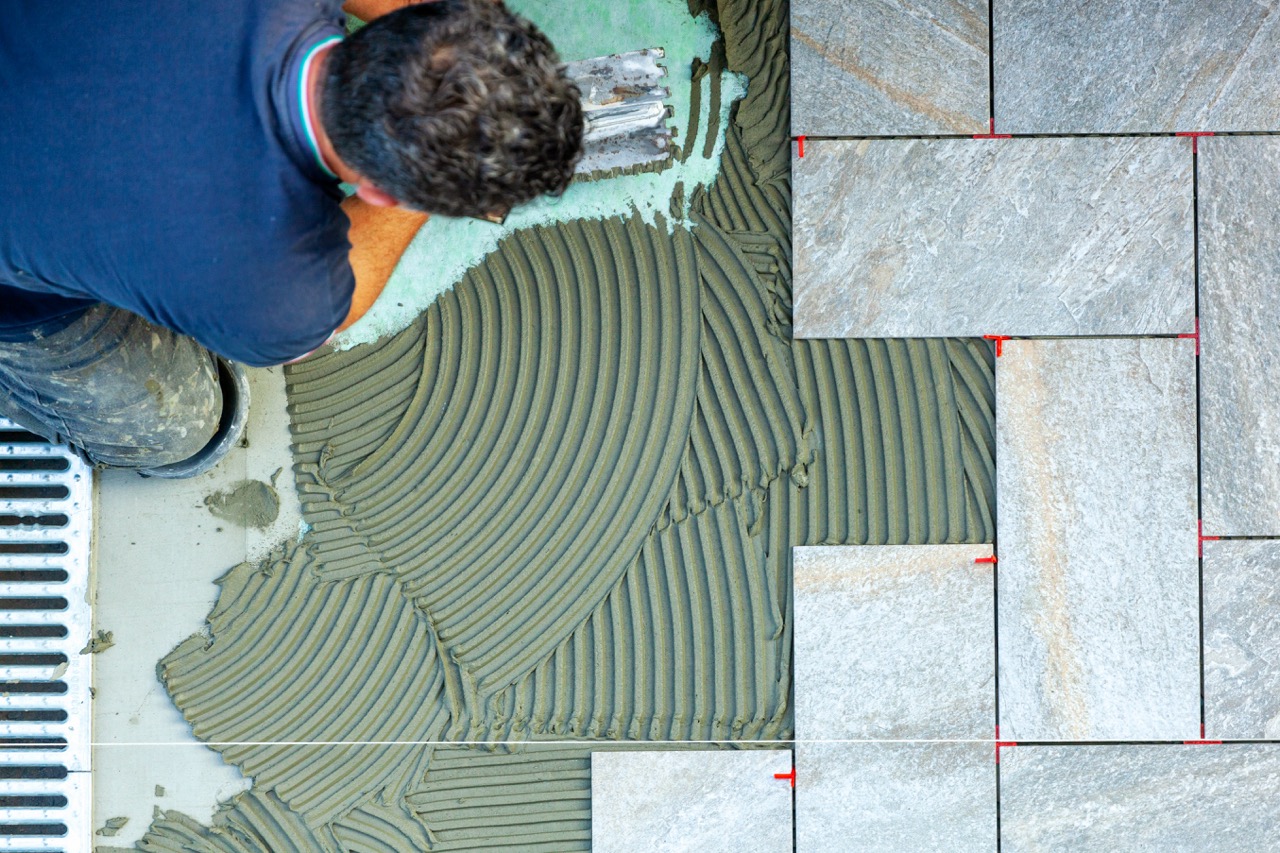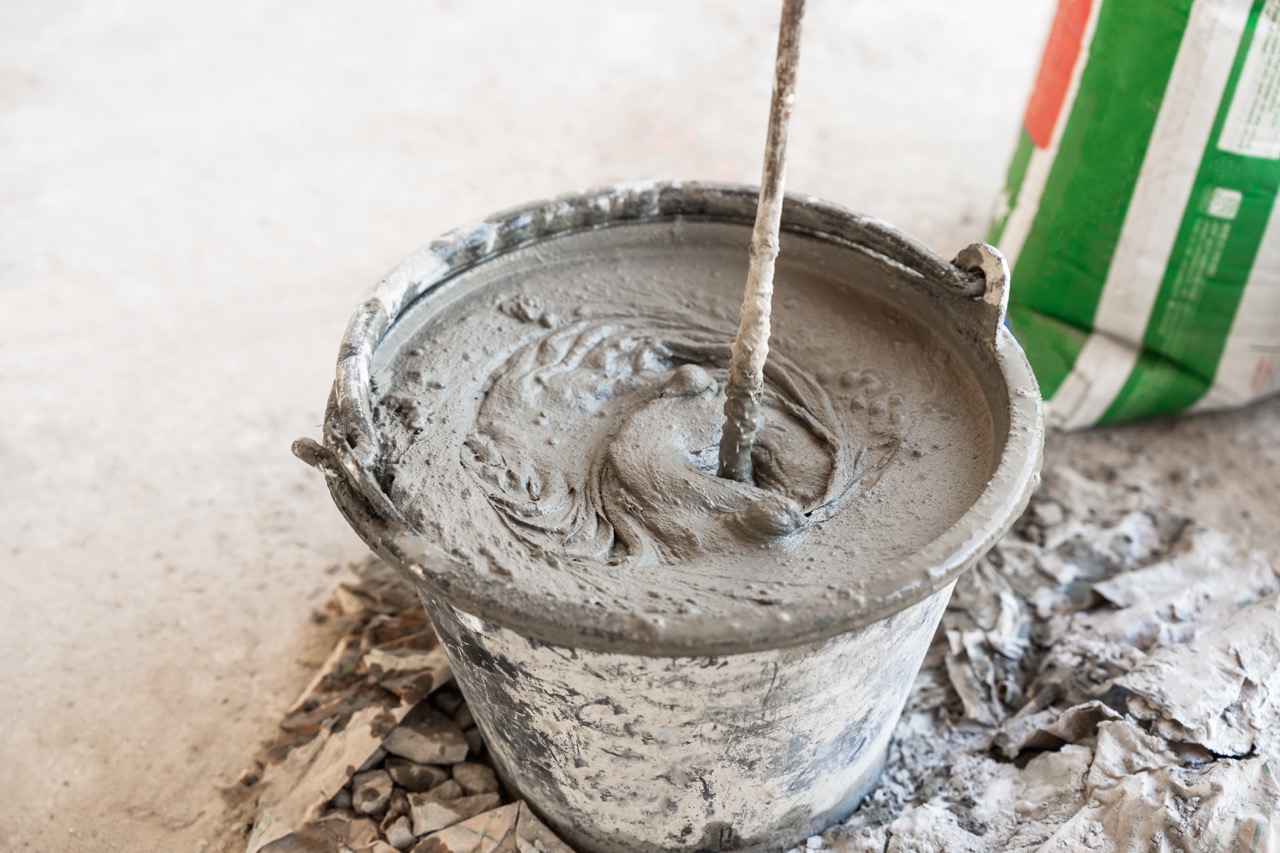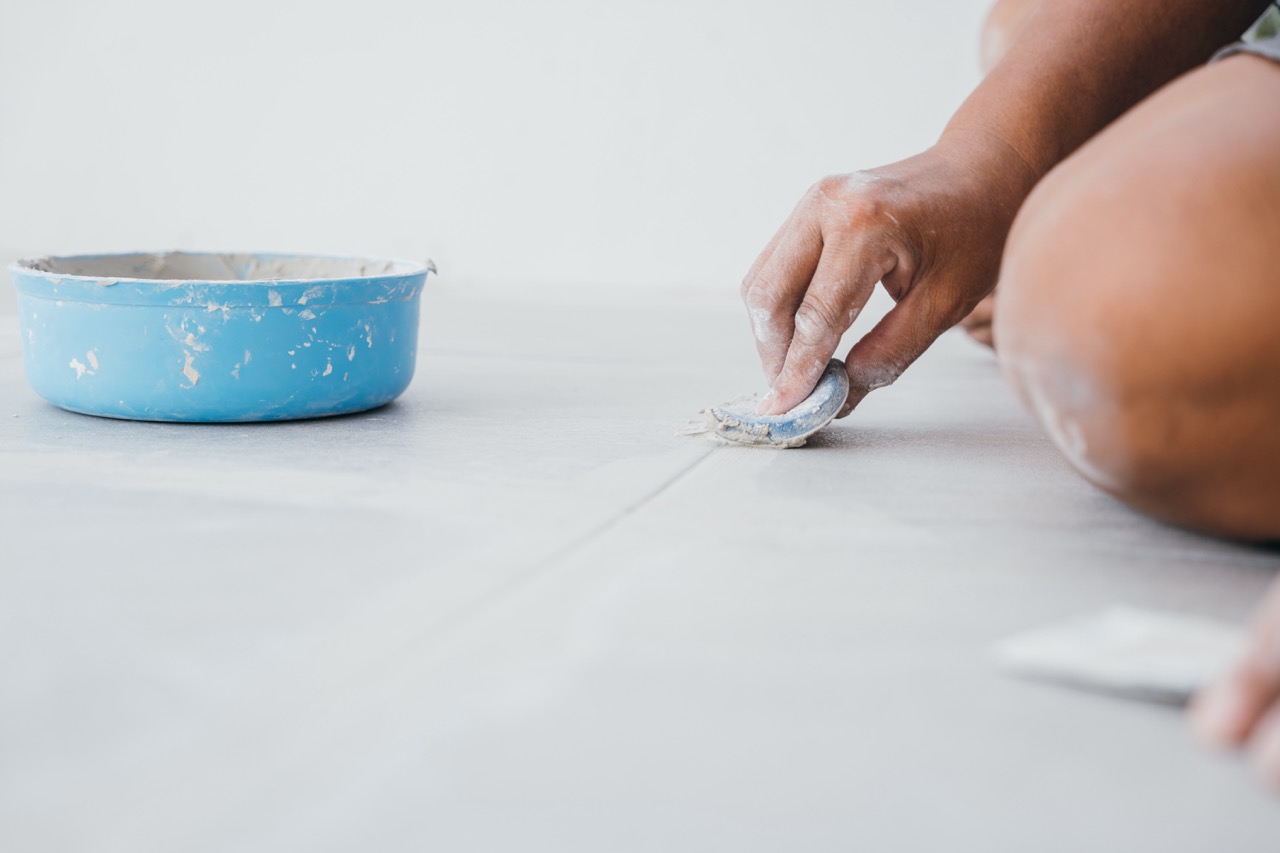Refreshing tile grout with a grout pen is one of the easiest and most budget-friendly ways to give your floors or walls a quick makeover. But once the lines look fresh and new, many homeowners wonder how long the results will last—especially if they plan to use a steam cleaner to maintain their tiles. Steam cleaning is an increasingly popular choice because it removes deep grime without harsh chemicals, yet the high heat and moisture might seem risky for delicate grout pen finishes. So, can grout pens handle steam cleaning? Let’s break it down.
What Happens to Grout Pen Color After Steaming
When you first apply a grout pen, it essentially paints a thin layer of color onto the surface of your grout lines. This coating makes old grout look bright, uniform, and clean again. However, like any surface coating, it can be sensitive to heat, moisture, and friction, all of which are present during a steam cleaning session.
The most common effect of steam cleaning on grout pen finishes is fading. High temperatures and pressure can soften the pen’s pigment layer, causing the color to break down or wear away in spots. This is especially noticeable in heavily trafficked areas, where grout already takes on more stress.
That said, not every grout pen will react the same way. Some brands advertise water- and heat-resistant formulas that may withstand occasional steaming better, while others are intended mainly for cosmetic touch-ups and won’t last under aggressive cleaning. It’s worth checking the product label before you rely on steam cleaning after application.
How Steam Cleaning Affects Grout Pen Durability
Steam cleaners work by blasting water vapor at very high temperatures directly into grout and tile pores. While this is great for lifting dirt, it doesn’t discriminate between natural grout and a grout pen finish sitting on top. Over time, repeated steaming can strip away the painted layer, leaving behind patchy results.
Another factor is how long the grout pen has cured before steaming. Freshly applied grout pen ink needs time to bond and harden onto the grout surface. If you steam clean just a day or two after painting, the heat may prevent full adhesion and peel it off much faster. Waiting at least a week before introducing steam cleaning gives the finish a fighting chance.
Durability also comes down to tile positioning. Wall tiles in a backsplash or shower niche might hold pen color longer because they don’t face the same foot traffic and scrubbing action as floor grout. Meanwhile, bathroom or kitchen tile floors cleaned weekly with steam will inevitably see faster fading, no matter how careful you are.
Simple Steps to Protect Your Grout Pen Results
If you love your refreshed grout lines and don’t want to lose them after one cleaning, the best step is to seal them. Applying a clear grout sealer after the pen has fully dried creates a protective barrier between the painted finish and any moisture or steam. This single step can dramatically stretch the life of your grout pen results.
Another effective trick is to adjust how often and how intensely you steam clean. Instead of running your steam mop at full blast every week, consider alternating between regular mopping and spot steaming only in areas that truly need it. This reduces the direct heat exposure and helps your grout pen color stay intact for months longer.
Finally, make sure you’ve applied the pen correctly in the first place. Thoroughly cleaning grout before using the pen, allowing proper drying time, and applying multiple thin coats instead of one thick one all help lock in the finish. A little extra prep work upfront can make your grout pen stand up better to future cleaning methods.
Alternatives if Steam Weakens Your Grout Pen Finish
If you’ve noticed your grout pen lines fading after steam cleaning, don’t worry—there are plenty of workaround options. One of the easiest is simply to touch up your grout lines periodically with another coat of pen. This approach takes far less time and money than a full grout replacement and keeps things looking fresh in between cleanings.
Another option is to switch to professional-grade grout paint or stain. These products are designed to penetrate deeper into grout pores and cure more permanently, making them more resistant to steam cleaning than standard pens. They require a little more effort to apply, but they’re still a DIY-friendly project for anyone willing to put in an afternoon of work.
If you prefer to keep steam cleaning as your go-to method, you might also consider skipping grout pens entirely and investing instead in a heavy-duty grout sealer. By sealing freshly cleaned grout, you’re not adding color, but you are protecting against new stains and discoloration. Over time, this keeps your grout looking much cleaner with less maintenance.
Grout pens are a fantastic way to give tiled areas an instant facelift without spending a fortune or tackling messy re-grouting. But when it comes to steam cleaning, results can vary depending on the product, application method, and frequency of cleaning. While heat and moisture may shorten the life of a grout pen finish, there are simple steps—like sealing, gentle cleaning, and routine touch-ups—that can protect your efforts. And if steam proves too tough for your grout pen, there are alternative solutions that still keep your tiles looking sharp. With the right approach, you can enjoy both sparkling clean tiles and fresh-looking grout for the long haul.








